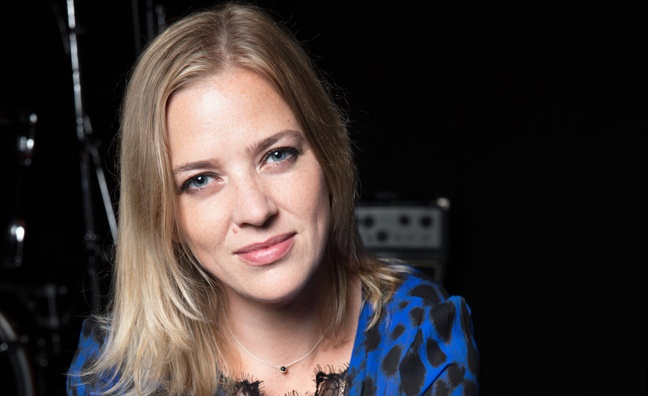There’s a palpable panic in the air in the UK at the cost-of-living crisis and the potential impact on the music business.
While we need to be concerned about many things relating to the impending Brexit-Covid-Putin-climate-cost-of-living clusterfuck, I do believe there are parts of this living nightmare the music business can take solace from, as well as providing solace for billions of people around the globe.
The alarm at the reported decline in Netflix subscribers in relation to our own streaming business feels a little overzealous. It’s as if the world’s population hadn’t been locked in its home for two years, leading to a spike in video streaming platform subscribers. What those panicked stories fail to understand is the sheer volume and staying power quality music streaming platforms have in comparison to Netflix. And also the need for humans to turn to music when times are tough.
I recently ran a survey for a client in the UK in which 85.7% of those polled said music was a vital part of maintaining their daily mental health. A further 83.6% said they listen to music more than they watch movies (77.1%), exercise (61.9%), socialise with friends and family (57.8%) or read (55.5%). That makes listening to music the most popular form of entertainment in the country.
Nearly half (42.7%) of people in that survey said they still listen to music they discovered in their youth, and a huge 80.2% of people said that they could recite, word for word in its entirety, a song from their childhood without even having it to accompany them.
For many years, an industry gripe has been that music streaming services fail, on the whole, to differentiate themselves within the market. But one of the beautiful things about our business is the death of “exclusive content”. You can listen to pretty much anything, on any service, at any time. The same can’t be said of premium video subscription streaming sites. Netflix, Amazon, Disney, Apple and so on all pride themselves on their original content bank or exclusively licensed content for a set period of time. This is great when you have a global smash like Pistol, Stranger Things or Squid Game but utterly useless when your user has already watched all the latest ‘must-see’ programmes on your platform. I know from my own experience that I felt like I ‘completed Netflix’ many times during the pandemic.
I think it’s always advisable to step outside the bubble of the music business and speak to people who have absolutely nothing to do with it to get a gauge on reality. Personally, I found that something really interesting happened during the pandemic: friends started jumping between video streaming services. They’d go from having two or three subscriptions at a time, and then only one, based purely on what they wanted to watch and how much they felt they’d exhausted the content on their usual go-to video streaming site. None of them – not a single one – changed or cancelled their music streaming service.
The ever brilliant Mark Mulligan and Midia Research have done some great analysis of this over the last two years that shows a clear decline in the post-pandemic entertainment boom. They rightly predicted that there would be an ‘attention recession’ as people left their homes and ventured outside again. But despite this, music streaming services have held their own. Yes, we’ve lost some of the commuters because of the boom in home-working; for sure, some people are moving from paid to free tiers, but, overall, music is holding its own. In fact, it has clawed back some of the listeners it lost during the pandemic to other forms of entertainment.
There’s one more aspect to this that I want to explore before I end this column: the explosion of social media and the potential for a Netflix ad-funded tier. If you don’t work in the marketing department, nip over to the finance team and ask them for your company’s quarterly ad-spend on TikTok, Facebook, Instagram, Google and YouTube. Then ask them for the ROI. As you pick up your jaw from the floor, let me for a moment present a claim: Netflix’s ad-supported tier is the advertising dream we’ve all been waiting for. As an agency, we spend a fortune for clients across the aforementioned platforms, but also across video-on-demand in the UK. The idea that we’d be able to advertise directly to Netflix customers on the platform is an absolute dream.
Something else the pandemic created was a boom in social media. And do you know what happens in a recession? Big social media brands cut their marketing budgets, which makes advertising cheaper for everyone else. So while potential revenue from ad-spend tiers might be down temporarily, the potential number of conversions is up. And to hammer this home, as I mentioned earlier, 42.7% of people in my survey said they still listen to music they discovered in their youth, 80.2% of people said they could recite, word for word, a song from their childhood without even hearing it.
So, are we entering into a new phase of the apocalypse here in the UK? Yes. Will it kill the music business? No. Do you need to be smart about your strategy as we enter this brave new world? Absolutely. Play the long game. Don’t ever underestimate the power and potential of music.
Have you got a request or idea for streaming services? Tweet @SammyAndrews @MusicWeek #StreamingFeatureRequest with your suggestions.










